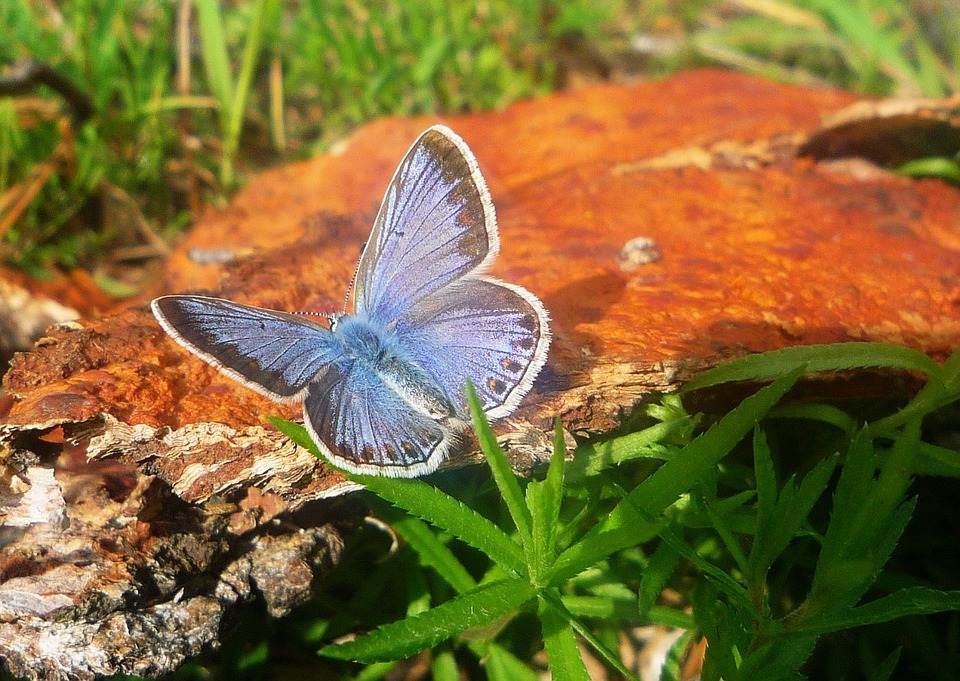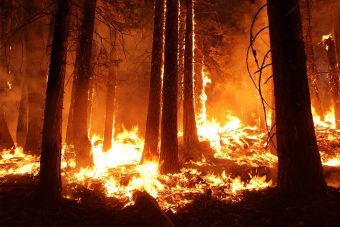The urgency to mitigate climate change around the world is growing, with an increasing focus on lowering CO2 emissions. Nowhere is this more critical than in Africa, which has one of the world’s fastest growing populations, high levels of poverty, inequality and is disproportionately impacted by climate events including cyclones and drought. The continent is home to 86 of the world’s 100 fastest growing cities, 79 (representing 48% of Africa’s GDP) of which are classified as being at “extreme risk” of climate change.

Given the strong correlation between energy usage and economic growth, this set of circumstances poses a challenge for African governments, businesses and communities: How can energy access and usage be accelerated to support economic growth, without increasing CO2 emissions and increasing the climate risks already facing the region?
While there are many other factors that contribute to economic growth and the living standards of individual citizens, the impact of electricity access cannot be understated. Energy and electricity are used to power industries from agriculture to financial services, enabling them to grow and employ more people. In the home, electricity reduces the amount of time and effort needed for everyday household tasks, empowering more people (particularly women) to take up employment outside the home, increasing household income and improving living standards. For these reasons and many more, improving electricity access must be a priority across Africa.
Yet, compared to the rest of the world, Africa has a significantly lower rate of access to electricity, with as many as 600 million people excluded across the continent. Sub-Saharan Africa has an average electricity access rate of just 38.5%, falling to 20.2% in rural areas. Even in urban areas, more than one in four people do not have access to electricity. This compares to rates of 100% in most developed parts of the world (including the EU and China) and over 85% in emerging economies in India and East Asia.
Sub-Saharan Africa also lags behind the rest of the world in terms of electricity consumption per capita and electric power distribution and transmission efficiency. Worryingly, it is one of the only regions for which electric power consumption per capita decreased from 1990 to 2010 (the latest year with a consistent global dataset). This is in stark contrast to other emerging economies – China’s consumption grew by 476%, the Arab world’s by 115%, East Asia & Pacific’s by 181% and India’s by 135%. This suggests economic stagnation and a prolonged under-investment in electricity generation, transmission and distribution across sub-Saharan Africa at a time when its population has grown.
The condition and efficiency of the continent’s grid infrastructure needs attention if electricity access is to improve. Sub-Saharan Africa’s rate of electric power transmission and distribution losses are better than those in India and the Arab world, but still more than double those seen in the EU, East Asia & Pacific and China. Losses as a percentage of output in the region have increased by over a third since 1990, demonstrating a lack of grid maintenance and investment, which will continue to hinder electricity access and the associated economic growth.
Africa needs power, but at what climate change cost?

Renewables no longer a luxury
Historically, the high costs of utility-scale electricity generation from renewable and other low-emission sources meant that high government subsidies, industrial incentive programs and high levels of citizen engagement were needed to lower emissions without constraining economic growth. For many African governments, these were considered an unaffordable luxury.
Over the last five to 10 years, however, the cost of installing and operating renewable energy generation facilities at scale (particularly photovoltaic solar and onshore wind) has reduced dramatically. They now offer a competitive, or in some cases cheaper, alternative to traditional fossil fuel power plants.
Africa is a prime location for renewable energy developments due to its high levels of InSolAtion (Incoming Solar Radiation) and available land space for both solar and wind power. In addition, the modular, scalable and easily replicable nature of solar and wind power generation technologies means that where sufficient grid connections and storage infrastructure exist, these facilities can be rapidly planned, built and connected over much shorter time frames than their fossil fuel and nuclear counterparts; large nuclear or coal fired power plants can take over a decade to plan and build, whereas solar farms could be completed in less than two years. Of course, larger numbers of these installations are required, but this could also be used as an advantage, spreading generation facilities across a country instead of concentrating activity in a small number of strategic locations.
Historically, renewables needed to be subsidized by governments to be commercially competitive, but in recent years the Levelized Cost Of Electricity (LCOE) of utility-scale renewable solar and wind energy has fallen significantly, to the extent that both are now cheaper than almost all new-build fossil fuel power plants.
Policies for low emissions
For the wide-scale implementation of low-emissions power generation and reliable distribution to the 600 million people still without access to power in Africa, African governments, businesses and communities must work together to put appropriate policy frameworks and investment programs in place.
Firstly, government commitments to climate change and emissions targets must be supported by stable, or at least predictable, regulatory frameworks that incentivize and lower the barriers to renewable energy project development.
There is also reduced potential for African countries with fiscal constraints or high levels of debt to channel public money towards renewables and energy efficiency R&D, as has been done in wealthier parts of the world. African countries need to attract public-private partnerships, FDI or “mission programme” funding to develop renewable projects without adversely impacting public finances.
Power investment in the region has been hindered by persistent financing risks (often relating to political risk and the financial strain on national utilities operators), challenging project development and insufficient or unstable regulatory frameworks. These factors emphasize the need for governments to work to centrally coordinate energy planning and investment requirements, putting in place the required incentives and fiscal safeguards to encourage private sector investment and international involvement in renewable energy power generation and distribution.
An uphill battle
Nowhere in the world is balancing the energy triangle of security and access, environmental sustainability and economic development more pressing than in Africa, which continues to face an uphill battle to develop its vast natural resources in a way that will benefit its citizens and the environment for the long term. As the vulnerability of the region’s fragile economy and fast-growing cities to climate change becomes better understood and more widely publicized, there can be no doubt that encouraging economic growth while minimizing the growth of CO2 emissions is a dilemma that the continent must solve.
With the increasing affordability and technological feasibility of renewable electricity, it is possible to build a grid system which provides sustainable electricity to Africa’s growing population. Given the limited ability for citizens to absorb tax increases to fund such projects, the onus has to be on governments to:
- Create an attractive environment for investment in the power sector by foreign businesses and governments, including creating policy certainty and economic stability.
- Work with international finance agencies to help guarantee critical investments in the power sector to further encourage foreign and private sector investment.
- Where required, update energy generation, transmission and distribution policies to support independent power producers (for renewables), micro-grids and prosumers (consumers who also produce) to increase electricity access across the country.
- Reduce and eventually eliminate fossil fuel subsidies in support of lower cost new-build renewable power generation facilities.
The scale and scope of these actions begins to show the vast commitment required from African governments and their cooperation with international investors, foreign governments, NGOs, research institutes, businesses and communities to successfully solve this dilemma and transition Africa towards a low-emission, well developed economy that is supported by an inclusive, sustainable, affordable and secure energy system.
Source: WEF





































